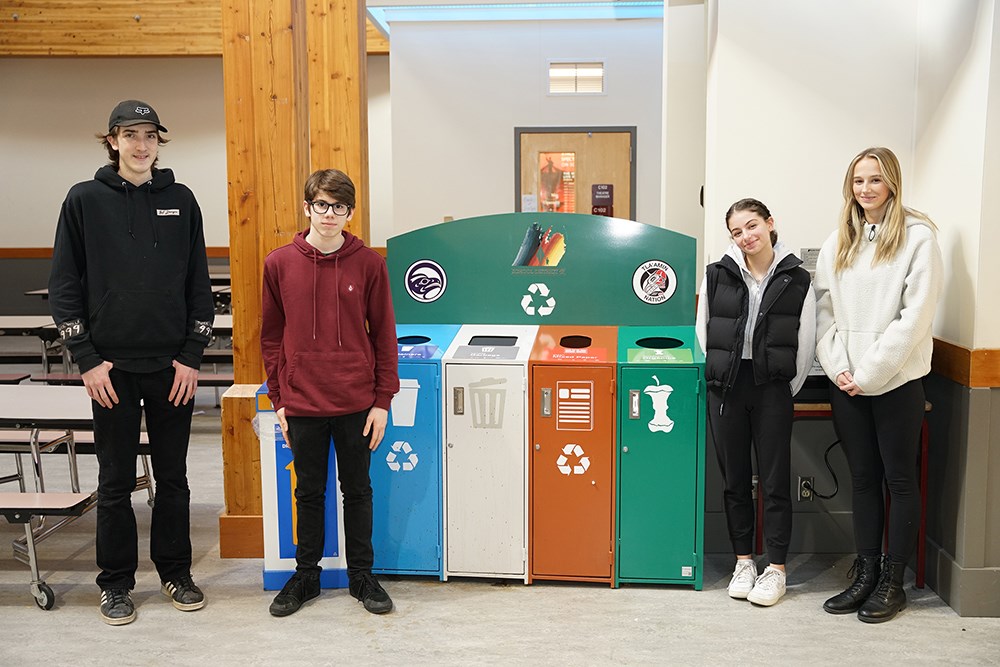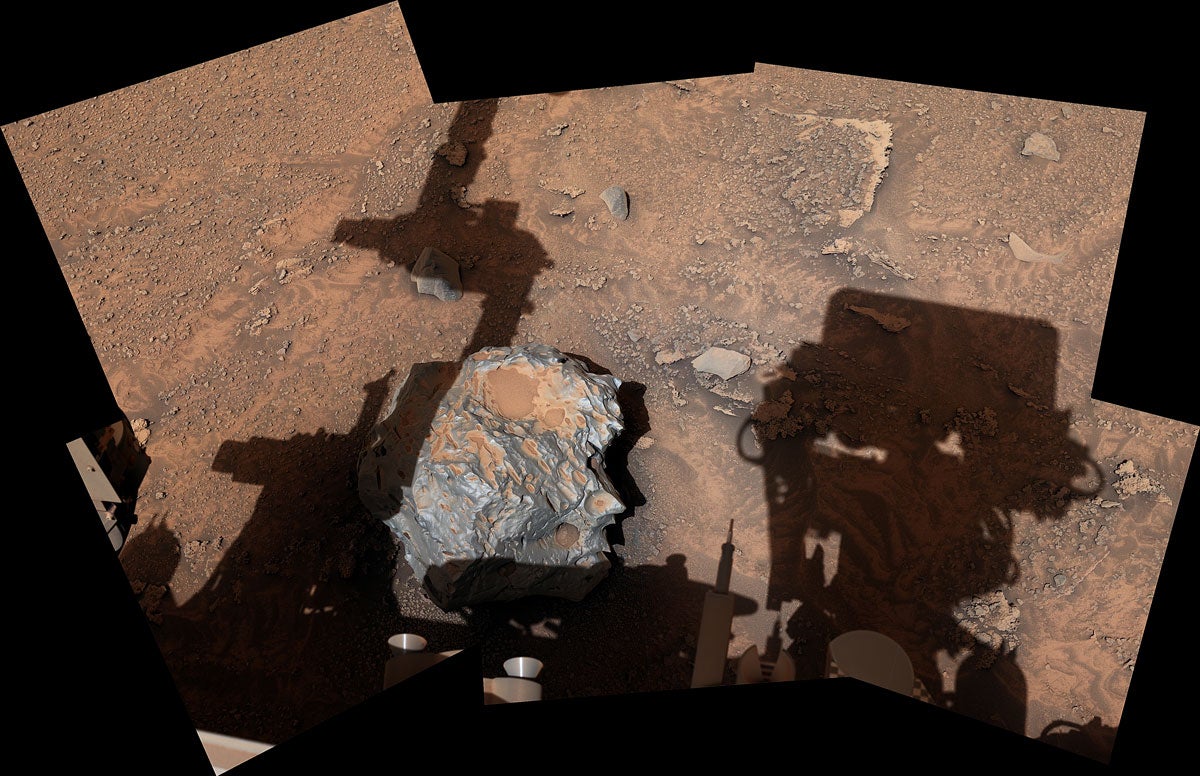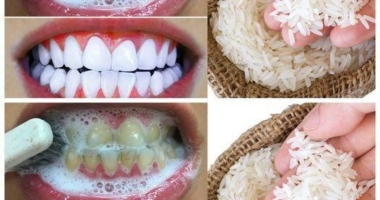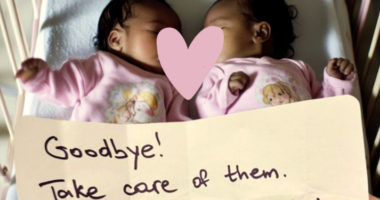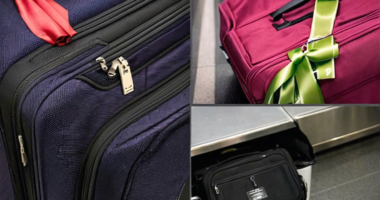“We’ve had major issues with contamination, mainly in our recycled bottles and our organic products.” ~ Kaili Mitchell, environmental sciences student
Inspired by solid waste audits conducted for the Qathet district at Augusta Recyclers, students at Brooks Secondary School conducted a school solid waste audit.
Several students made presentations at the Powell River Board of Education meeting in January, presenting their findings to school administrators.
In an interview with the Peak, Graham Cocksedge’s Grade 11 Environmental Sciences students said they looked at the regional trash audit conducted by the Let’s Talk Trash team and advisors in May and November 2021.
Cocksedge told his students about the waste testing that had been done and they became interested.
“It inspired us to look at our own waste,” said Kaili Mitchell, one of the environmental science students. “We collected data from garbage cans, divided the garbage cans and expressed them as percentages.
“We’ve had major contamination issues, mainly in our recycled bottles and our organic products.”
Georgia Malamas said the trash was sorted in October last year. According to Malamas, the school put litter bins in strategic locations, and she added that the exam was held in the morning, so the bins weren’t full.
The waste was sorted into different categories such as recyclables, paper, cardboard, soft and hard plastics, compost and rubbish. The collection included all members of the environmental science class. Five of the students compiled the results of the waste balance to present to the school management.
Graden Fraser said the whole class was active in sorting and organizing materials.
“Everyone went for it,” Fraser added.
Malamas said a large portion of the discarded items was misplaced, with up to 52.2 percent of the waste in the school’s zero-waste bins being contaminated, according to statistics the students disclosed to the school board.
“If something is contaminated in the containers, it can’t be recycled and has to go in the trash,” Malamas said. “We need to see how much waste we produce that we think we’re putting in the right bins.”
Myles Peterson said there is an expectation that there will be some contamination, but it may be worse than expected.
Fraser said the hope is there will be an educational component that grows out of the class project.
“Our classes are now ending, but we’ve brought this to the attention of the school’s administrative staff and the school’s environmental club and shown them what we’ve discovered and what we’ve found out,” Fraser said. “We suggested some possible solutions to solve the problem.”
Malamas said the goal is to put as little as possible into the waste stream.
“We came to this project and were really interested in seeing how the school was handling their waste,” Malamas said. “As we looked at all the data and saw possible solutions, we all became interested and focused on showing the administration how we could better solve this problem.”
Peterson said it’s easy to move the school forward and support the process by joining the school’s environmental club.
“It’s an active group,” he added.
He said future environmental science classes could also take the project forward to focus on properly segregating solid waste and ensuring students maximize the amount of waste that can be recycled rather than disposed of.
According to a PowerPoint presentation the students gave to District 47 trustees, during lunch and break times, they suggest that the hall observers/teachers already stationed in the hallways to monitor the halls stand by the waste stations and the Point students to where their trash goes . These teachers or students will be briefed on the whole situation and how the stations work, the presentation says.
Students are informed that teachers/students will help and guide at stations just to establish a habit.
Don’t miss interesting posts on Famousbio

